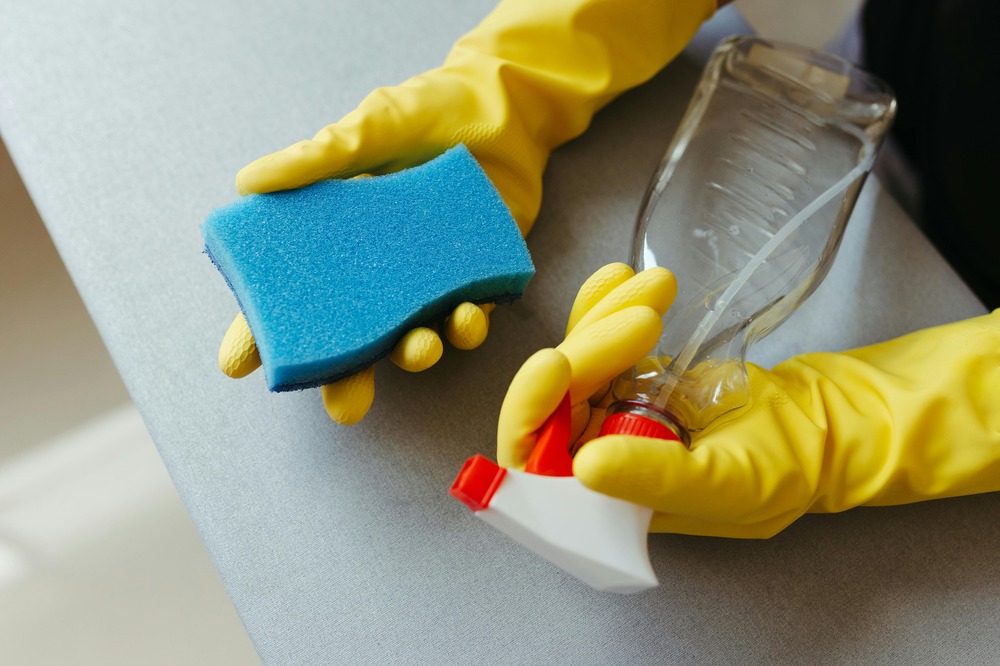Obsessive-Compulsive Disorder (OCD) is a mental health condition characterized by intrusive, unwanted thoughts (obsessions) and repetitive behaviors or mental rituals (compulsions) aimed at reducing the distress caused by these thoughts. OCD can affect people of all ages and backgrounds, and the severity of the symptoms can range from mild to debilitating.
Common Symptoms of OCD:
– Obsessions: Persistent, intrusive thoughts, images, or urges that cause distress. Examples include fears of contamination, harming others, or intrusive violent or sexual thoughts.
– Compulsions: Repetitive behaviors or mental acts performed to neutralize the distress caused by obsessions. Examples include excessive handwashing, checking, counting, or mental rituals like repeating phrases.
These obsessions and compulsions can significantly interfere with daily functioning, relationships, and quality of life.
Exposure and Response Prevention (EXRP)
Exposure and Response Prevention (EXRP) is a highly effective, evidence-based treatment for OCD. It is a type of Cognitive Behavioral Therapy (CBT) designed specifically to help individuals confront their obsessive fears and reduce the compulsive behaviors that reinforce them.
Key Components of EXRP:
1. Exposure: This involves gradually confronting the thoughts, images, objects, or situations that trigger anxiety and obsessional fears. The goal is to expose the person to their fears without engaging in compulsive behaviors. Over time, this helps reduce the distress associated with these fears.
– Example: If someone with OCD has a fear of contamination from touching doorknobs, exposure might involve deliberately touching a doorknob without immediately washing their hands.
2. Response Prevention: This aspect of EXRP focuses on resisting the urge to perform compulsive behaviors in response to the obsessional fears. The therapist helps the individual learn to tolerate the anxiety that arises without engaging in compulsions.
– Example: After touching the doorknob, the individual refrains from washing their hands, allowing the anxiety to subside naturally over time.
How EXRP Works:
– Habituation: Over time, by repeatedly exposing oneself to the feared stimulus without performing compulsions, the individual’s anxiety naturally decreases. The brain learns that the feared outcome is unlikely or manageable.
– Breaking the OCD Cycle: Compulsions provide temporary relief but reinforce the obsessional fears, creating a cycle of distress. EXRP interrupts this cycle by preventing the individual from engaging in compulsions, weakening the association between the obsession and the compulsion.
Structure of EXRP Treatment:
– Therapist Guidance: EXRP is typically conducted under the guidance of a trained therapist. The treatment is tailored to the individual’s specific obsessions and compulsions, with a hierarchy of exposures planned, starting with less distressing situations and gradually working up to more challenging ones.
– Homework: Outside of therapy sessions, individuals are often given homework assignments to practice exposures in their daily lives.
– Gradual Progress: EXRP treatment starts with manageable exposures and builds gradually, allowing individuals to develop confidence and reduce their anxiety in a systematic way.
Effectiveness of EXRP
EXRP has been extensively researched and is considered one of the most effective treatments for OCD. Many individuals experience significant reductions in symptoms, and for some, EXRP can lead to long-term remission. However, like any therapy, the outcome varies depending on the individual, and the success of EXRP often depends on consistent participation and follow-through on the exposure exercises.
In cases where EXRP is not enough on its own, it is sometimes combined with medication (such as selective serotonin reuptake inhibitors, or SSRIs) to improve treatment outcomes.
Virtual Reality and Exposure and Response Prevention (EXRP) for OCD: A New Approach
Virtual reality (VR) is becoming an innovative tool in the treatment of Obsessive-Compulsive Disorder (OCD), especially when paired with Exposure and Response Prevention (EXRP) therapy. Virtual reality offers a controlled, immersive environment that allows individuals to confront their obsessions and compulsions in a safe, customizable space. This cutting-edge technology enhances traditional EXRP by providing real-time exposure to feared situations, which can be difficult to replicate in everyday life.
How Virtual Reality Enhances EXRP for OCD
Exposure and Response Prevention (EXRP) is one of the most effective treatments for OCD, helping individuals face their obsessive fears and reduce compulsive behaviors. Traditionally, EXRP involves exposing individuals to real-life triggers or imagined scenarios. However, using virtual reality for OCD therapy brings new possibilities by creating highly realistic, customizable environments without the limitations of physical settings.
– Controlled Environment: In VR, therapists can create and modify various scenarios tailored to an individual’s specific OCD triggers. This controlled setting allows the patient to experience exposure exercises safely, and therapists can gradually increase the intensity of the exposure.
– Accessibility: For some individuals, it may be challenging to recreate certain exposure situations in the real world, either because they are impractical, too risky, or difficult to access. VR overcomes these challenges by simulating these scenarios virtually.
– Realistic Experience: Virtual environments feel real to the brain, allowing for authentic emotional responses. This makes VR a powerful tool for confronting anxiety-inducing situations.
Examples of Virtual Reality in EXRP for OCD
- Contamination OCD:
– A common form of OCD involves fear of contamination, where individuals obsessively worry about germs or dirt and engage in compulsive cleaning or handwashing to ease their anxiety.
– In traditional EXRP therapy, a therapist might ask a patient to touch a doorknob or another object they perceive as contaminated. However, this can be challenging if the patient refuses to touch these objects in a real-world setting.
– Virtual Reality Exposure: Using VR, a therapist can immerse the individual in a virtual environment where they are asked to touch various “contaminated” objects, like a public restroom handle. The therapist controls the environment, and the patient confronts their fear without performing compulsive handwashing, allowing their anxiety to subside over time.
- Fear of Harm OCD:
– Some people with OCD fear they might accidentally harm others, leading to compulsive checking or avoidance behaviors (e.g., repeatedly checking locks, or avoiding certain activities like driving).
– Virtual Reality Exposure: In VR, a person might be exposed to driving a car in a virtual environment, helping them face their fear of causing harm without engaging in safety behaviors like compulsive checking or avoidance.
Conclusion
Using virtual reality for EXRP therapy offers exciting new possibilities for individuals with OCD. It provides a unique, immersive way to confront fears and reduce compulsive behaviors. If you or someone you know is seeking innovative ways to manage OCD symptoms, VR therapy combined with EXRP may be worth exploring, offering a modern solution to this deeply challenging condition.
Dr. Jodie Benabe offers virtual reality exposure therapy for OCD, anxiety, and phobias. Contact our Boulder, Colorado office for a free 20-minute phone consultation with Dr. Benabe if you’re interested in individual counseling for OCD. We also offer telehealth throughout the state of Colorado. https://somethingwildwellness.com/contact/


